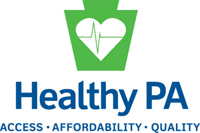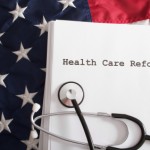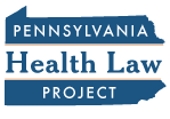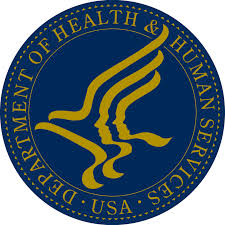How Did Healthy PA Change?
In December, the Corbett administration released a draft of its application to the federal government for a waiver from aspects of existing Medicaid law so it could implement its “Healthy Pennsylvania” Medicaid reform and health insurance expansion program.
 The public was then invited to comment on the draft application, and in late February, the administration submitted its official Medicaid waiver application to the federal government. That official application included a number of changes from the December draft, reflecting comment submitted to state officials.
The public was then invited to comment on the draft application, and in late February, the administration submitted its official Medicaid waiver application to the federal government. That official application included a number of changes from the December draft, reflecting comment submitted to state officials.
What were those changes?
The state has published a brief document, “Healthy Pennsylvania Demonstration Adjustments,” that summarizes those changes. Find that document here.






